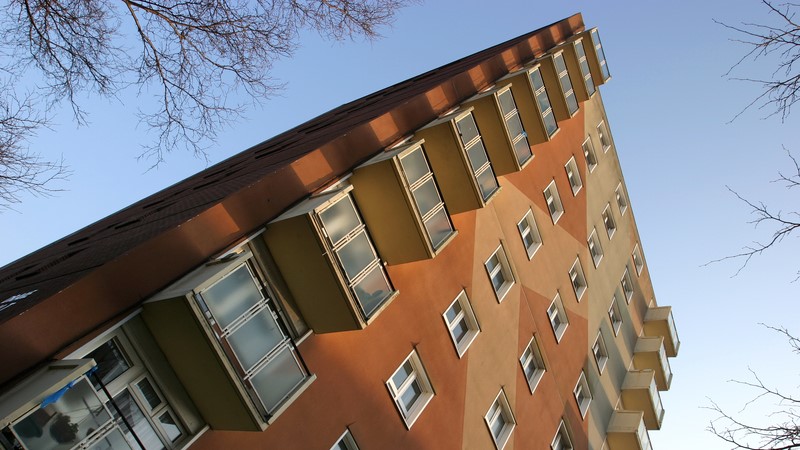In the latest article in our series examining the implications of the Building Safety Bill, John Forde and Stuart Brown discuss the role of the Building Safety Regulator and how it will operate the new building safety regime.

A key recommendation of Building a Safer Future, Dame Judith Hackitt’s 2018 review of the building industry, was the creation of a new national regulator, tasked with promoting and enforcing safety in the built environment. That recommendation has become the cornerstone of the Building Safety Bill, the latest iteration of which was presented to Parliament in July 2021.
One of the major functions of the bill is to establish the Building Safety Regulator, sitting within the Health & Safety Executive (HSE) and reporting to the secretary of state. The regulator currently exists in shadow form, with Peter Baker appointed as the chief inspector of buildings.
The regulator’s powers are extensive and multi-faceted, requiring it to undertake a variety of roles. The bill sets out three main functions that the regulator must exercise with a view to “securing the safety of people in or about buildings in relation to risks arising from buildings; and improving the standard of buildings”, as follows:
- Implementing the new regulatory regime for higher-risk buildings.
- Overseeing the safety and performance of all buildings in England. This will involve overseeing the performance of other building control bodies, managing a new building safety inspectorate, advising on building standards and safety risks, and prosecuting wrongdoers.
- Assisting and encouraging competence among the built environment, the building industry and registered building inspectors. The regulator will be required to establish a unified building control profession with competency requirements common across both the public and private sectors.
While developing the details of the new regime, the regulator must establish and consult with three committees: the Building Advisory Committee (replacing the Building Regulations Advisory Committee for England); a committee on industry competence; and a residents’ panel to ensure the impact on residents is properly considered.
Higher-risk buildings
As well as establishing the new regulatory regime for higher-risk buildings, the regulator is also expected to play an active role in managing the process. The regulator will automatically become the building control authority for new higher-risk buildings in England, and will oversee the approval process for Gateways 2 and 3, establishing and managing a new building safety inspectorate to assist with these inspections.
“The regulator will also be empowered to prosecute breaches of the design and construction process for higher-risk buildings, and may impose special measures where any building is being mismanaged by the relevant accountable person.”
The regulator and its inspectors will be empowered to issue compliance notices and stop notices for higher-risk buildings during any stage of the design and construction process. Compliance notices will require non-compliant works to be rectified by a specified date, whereas stop notices will require works to be halted until any instances of serious non-compliance are addressed.
In addition, the regulator will oversee the registration of new-build higher-risk buildings before they can be legally occupied. It will also be faced with the significant task of registering the 11,000 or so existing higher-risk buildings in England, a process that is expected to take in the region of five years.
Failure to comply with the regulator or its authorised officers, or to register a higher-risk building before it is occupied, will be criminal offences, punishable by fines and/or imprisonment. The regulator will also be empowered to prosecute breaches of the design and construction process for higher-risk buildings, and may impose special measures where any building is being mismanaged by the relevant accountable person. Residents of higher-risk buildings will also have the right to escalate building safety concerns to the regulator.
The bill envisages a route for review of the regulator’s decisions, which includes the right to appeal decisions in the first-tier tribunal. The regulator will be able to charge fees and recover charges from those it regulates in relation to its functions. Details of both processes will be set out in secondary legislation.
Strategic direction
The regulator has an extensive ‘to do’ list. It must simultaneously provide strategic direction by setting safety standards and encouraging competence in the industry, establish the working processes and functions necessary to ensure the smooth running of the new regime, and also undertake the day-to-day work of a building safety inspector and a prosecutor.
The regulator will need to be well-resourced to help the building industry get up to speed with a complex new regulatory environment, and ensure that the new inspections process runs on time without causing significant delays to building projects. Given the struggles already facing the industry – the impact of the covid pandemic, post-Brexit labour and materials shortages – the regulator’s guidance will need to be clear, comprehensive, timely and effective to ensure that the new regime is a success.
John Forde is a managing associate and Stuart Brown is an associate at Trowers & Hamlins.










